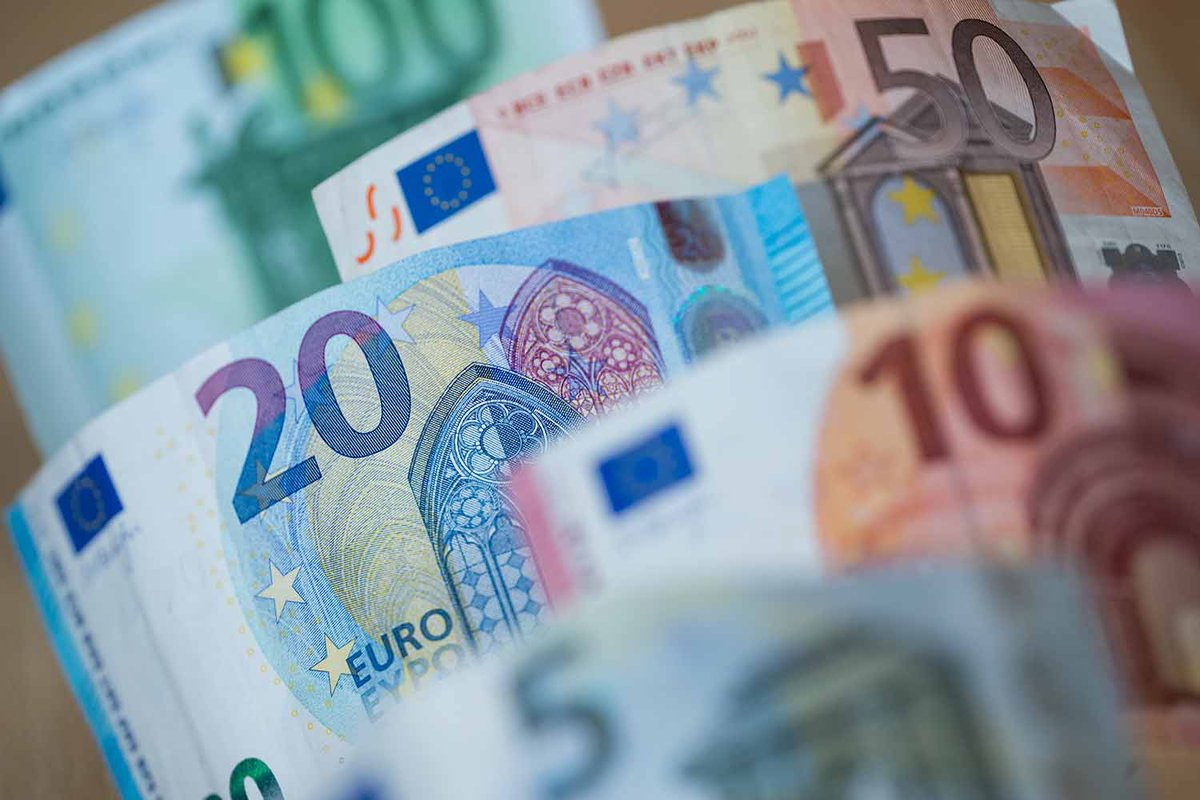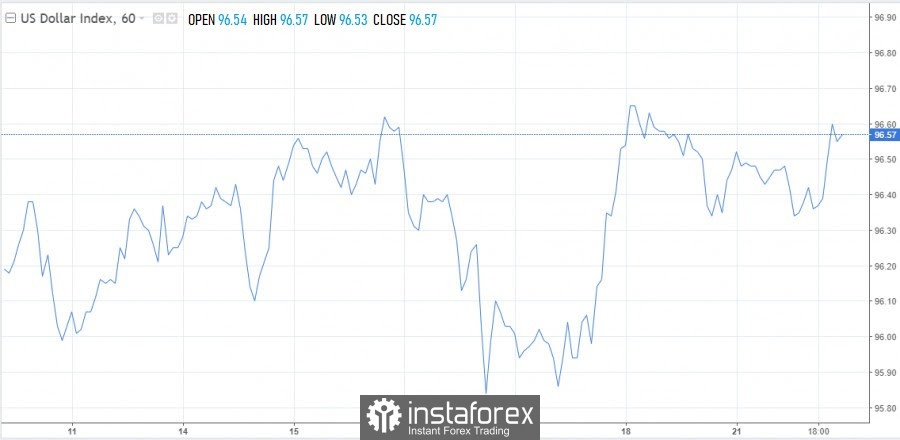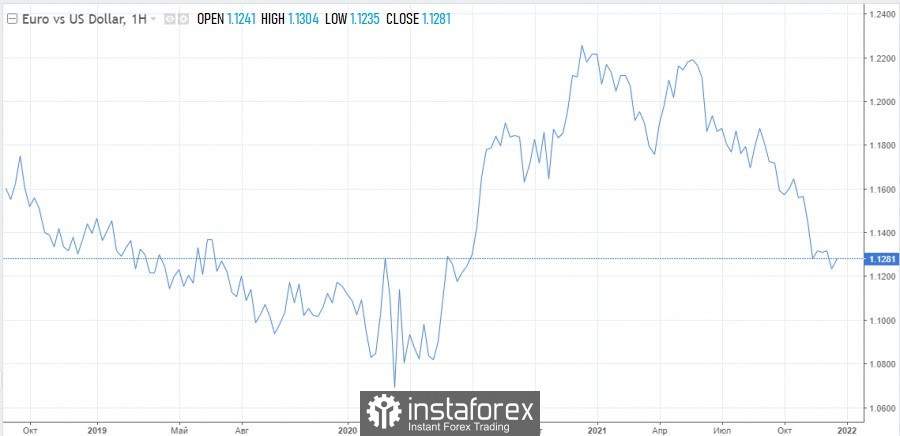
The euro does not give a clear direction and continues to trade in the established range of 1.1200-1.1350. It shows such dynamics not only today or yesterday, but during the month. Movements within the range are not due to any news, the price fluctuates mainly due to indiscriminate speculative movements. How long will it last, is there any potential to exit the boundary anytime soon and what can provoke it?
If EUR/USD has an opportunity to exit, it is only down, according to currency strategists. Although the dollar is in no particular hurry to conquer new horizons and reacts sluggishly to the tightening of the Federal Reserve's monetary policy at the pace announced last week. The Bank of England unexpectedly raised the rate last Thursday, but it also did not help the pound, which continues to trade at the lows of the year. The question arises: can the hawkish attitude of the central bank in the historically new realities favorably affect the national currency of the country? Time will tell.
Few people can bet on a decline in the dollar, the demand for which is not falling and is unlikely to fall in the current uncertain coronavirus conditions. The protective factor supports the US currency well, and the expected series of rate hikes in 2022 may push the dollar index to 98.00.

In addition to the dollar factor, the euro also has internal, and entirely negative ones.
Firstly, it has a viral component. With the onset of cold weather, the incidence rate jumped in countries such as Austria, Germany, the Netherlands, then France and Italy joined this list. Lockdowns have been introduced in a number of countries, which will negatively affect economic growth.
Thus, the Ifo Institute lowered the estimate of German GDP growth for 2022 to 3.7% from 5.1%, which is quite noticeable. In the fourth quarter of the outgoing year, the economy could shrink by 0.5%, and zero growth is possible in the first quarter of 2022.
Secondly, there is the gas crisis. The prices are cosmic, there is not enough fuel, the reasons are different. Stones are also flying towards Russia, but it is at least wrong to blame only Gazprom.
It is too early to sum up the results of the crisis, but already now the seriousness of the situation is visible and this is not the end of the story. In France, two nuclear reactors were shut down last week due to defects that appeared. At the end of November, about 30% of French reactors stopped working due to maintenance. Thus, France, which normally exports energy, can start importing it.
There is a risk that some industrial enterprises will suspend work in winter due to lack of energy. The authorities will encourage such an initiative on the part of companies. This is done in order to try to fully provide the population.
The decline in Germany's growth estimate for next year is worrying and there is something to worry about. If the indicator in this country falls, then the overall indicator for the eurobloc will pull. Will such a background serve as a catalyst for the fall of the euro?
This has not been happening recently, on the contrary, there is an inverse correlation between the growth rate of the bloc's economy and the euro exchange rate. A year ago, the euro rose sharply, although there was a decline in the eurozone due to the autumn-winter wave of the pandemic.
This time it will be the same, or it's not about the GDP data at all, but about the priorities set by the markets. The fall in GDP could have simply been pushed into the background, as the markets played back into promotional optimism and did not want to react to anything else. Then the EUR/USD pair rose from 1.1650 to 1.2300.

Perhaps the coronavirus theme will again make its own adjustments to the euro's movement. Uncertainty and some risks regarding the new strain are still present. However, if the information is confirmed that Omicron will be less aggressive with a lighter course of the disease and will displace other strains due to its contagiousness, market sentiment may improve significantly.
In the short term, everything is against the euro, but this does not mean that this will be the case in the new year.
Now, analysts recommend opening positions based on the continuation of the downward trend for the EUR/USD pair. The European Central Bank rejects the policy of raising rates. Diverse monetary goals play up to the dollar. In addition, there is an increase in Libor dollar interest rates, and this indicates an increased interest of bankers in the US currency.
On Tuesday, the US Treasury Department held an auction for the placement of treasury bonds. Previously, it was about $85 billion. A large volume for one day, at least short-term support for the dollar should be provided.
It is almost impossible for the euro to embark on the path of growth. Until the bulls aggressively win back the 1.1340 mark, there can be no question of any positives to the euro.
Resistance is marked at 1.1320, 1.1340. Support is at 1.1290, 1.1240 and 1.1220.
 English
English 
 Русский
Русский Bahasa Indonesia
Bahasa Indonesia Bahasa Malay
Bahasa Malay ไทย
ไทย Español
Español Deutsch
Deutsch Български
Български Français
Français Tiếng Việt
Tiếng Việt 中文
中文 বাংলা
বাংলা हिन्दी
हिन्दी Čeština
Čeština Українська
Українська Română
Română

